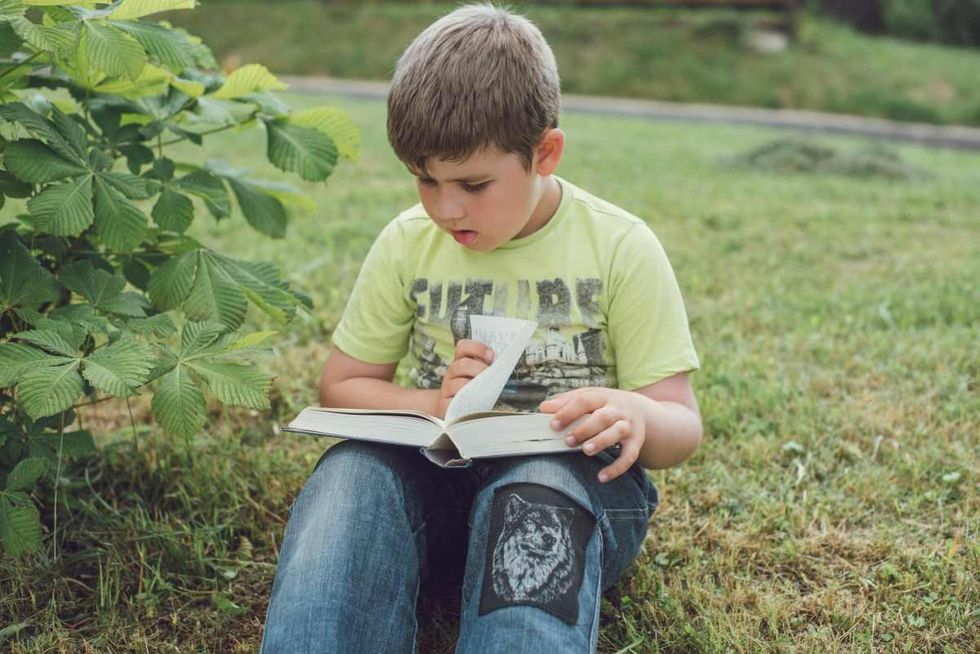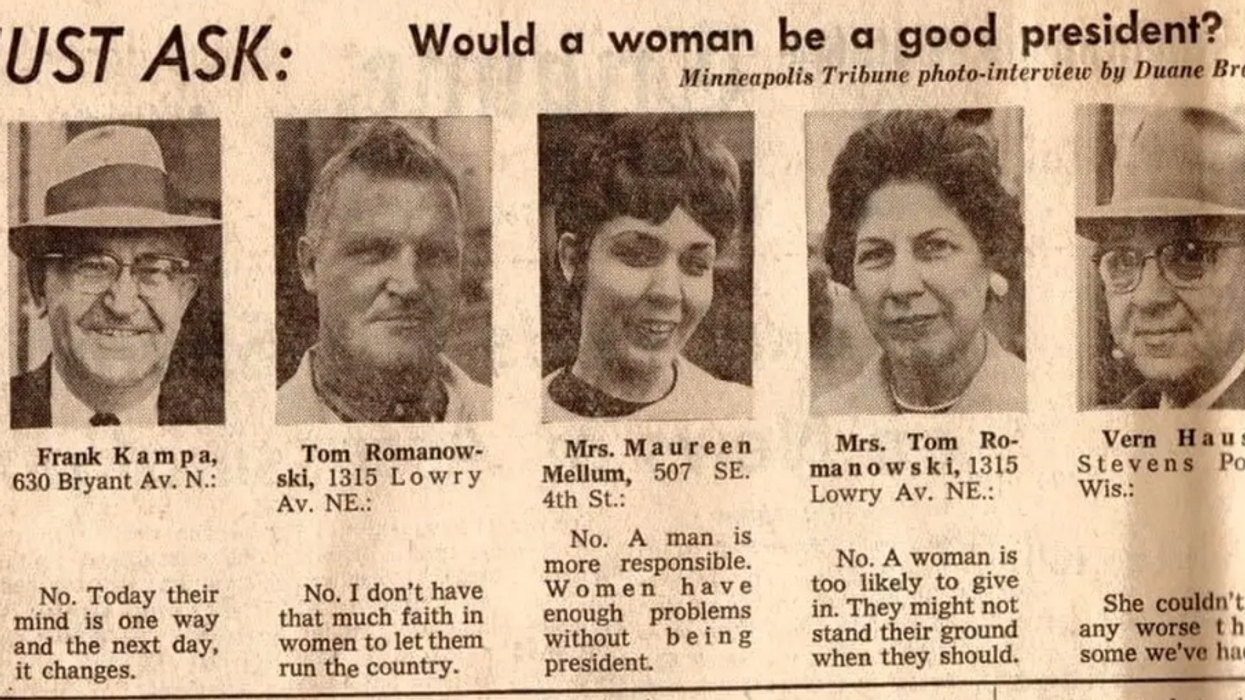At the end of December 2021, 8-year-old Dillon Helbig walked into the Lake Hazel branch of the Ada Community Library in Boise with his grandmother. Hidden inside his jacket was a secret project: a red hardbound journal titled "The Adventures of Dillon Helbig's Crismis," signed "Dillon His Self." He had written this book in just four days during his school’s Christmas break, and now he was on a mission to share it with the world. His mischievous plan was first reported by KTVB.
Dillon had been writing stories since he was five, always dreaming of sharing them with others. So when he finished his first novel, he took matters into his own hands. "I covered up this part and covered the back with my body and just snuck it in and then I started to walk, and then I came in this aisle, no wait this aisle, and then I put my book right here. Wait, right there," Dillon told KTVB, describing the moment he quietly shoved his book into a fiction bookshelf.

Dillon’s 88-page novel, packed with colored pencil illustrations, and handwritten typographic elements, is about a night when he was decorating his Christmas tree. Suddenly the star on the top of the tree exploded and he got pulled into a tree portal. From the portal, he time-traveled to 1621, the year when the first Thanksgiving was celebrated in America.

After returning home, Dillon excitedly confessed his mischief to his mom, who called the library to retrieve his journal. But the staff had already discovered it and decided to officially add it to their catalog. Having discovered the picture book, branch manager Alex Hartman told KTVB, "Dillon's book definitely fits all the criteria that we would look for to include a book in our collection." It now has a 56-person waiting list, at the time New York Times reported the incident.

Speaking to NPR, he even praised the book saying it belonged to a wide range of genres including science fiction, fantasy, and historical fiction. "Some of the illustrations are really quite imaginative and sophisticated in terms of perspective," Hartman said, noting a ‘really striking picture’ of Dillon ‘inside of the body cavity of a giant turkey." According to the Washington Post, Hartman also read the book to his 6-year-old son, Cruzen, who said it was one of the funniest books he’d ever read.

With permission from Dillon and his parents, the library added some fresh stickers to his book and officially placed it in their “graphic novels” and “children’s books” sections. "Now it's in the system, anybody with a library card can check out the book," Hartman said. However, soon enough, the waitlist for the book’s eager readers grew to a mammoth hundreds of people. And since there was just one and the original copy of the book, the waiting time was long. The library even awarded him with its first-ever “Whoodini Award” for best young novelist, an award they created for him, per The New York Times. Meanwhile, other children in Dillon’s school thought it was pretty cool to write a book. They, too, were inspired to write their own stories.
Encouraged by people’s excitement for his novel, Dillon even declared that he was going to write a second book. He told NPR the book would be about “a closet that eats jackets.” He said this book would be based on actual events, and explained the backstory, "Every time I get to recess, I open the closet and my jacket is gone." His mom and dad joked that it's a "jacket-eating closet,” a phrase that was to become the title of the book. "It eats jackets for breakfast, lunch and dinner," Dillon explained.
Susan Helbig, Dillon’s mother told the Washington Post that she was happy that the library had accepted her son’s book. “His imagination is just constantly going, and he is a very creative little boy,” said Susan, and added, “He just comes up with these amazing stories and adventures, and we just kind of follow along.”
Dillon’s story is an inspiring example that teaches aspiring young minds that opportunities don’t always knock at the door. Sometimes, one needs to walk to the door, hustle, and open it. For him, his intelligently devised secret plan brought him the cake of his life, and he is delighted. “I always be sneaky, like how I get chocolate,” Dillon told KTVB.

















 Robin Williams performs for military men and women as part of a United Service Organization (USO) show on board Camp Phoenix in December 2007
Robin Williams performs for military men and women as part of a United Service Organization (USO) show on board Camp Phoenix in December 2007 Gif of Robin Williams via
Gif of Robin Williams via 
 A woman conducts a online color testCanva
A woman conducts a online color testCanva A selection of color swatchesCanva
A selection of color swatchesCanva A young boy takes a color examCanva
A young boy takes a color examCanva 

 Pictured: A healthy practice?
Pictured: A healthy practice?


 Is solo sleep the best sleep?
Is solo sleep the best sleep?  Some poeple want their space, and some can't imagine being that seperate.
Some poeple want their space, and some can't imagine being that seperate. 
Professor shares how many years a friendship must last before it'll become lifelong